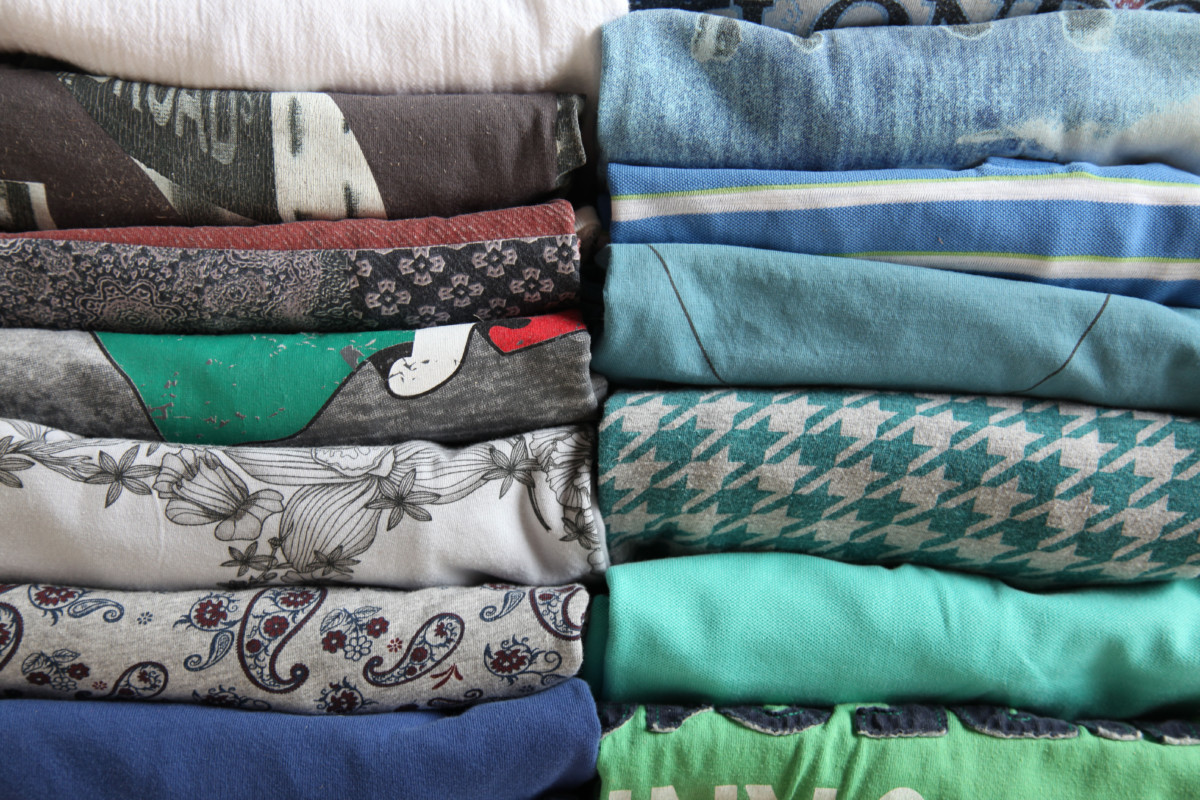
We all benefit from understanding how to reuse items that might usually be thrown away. Reusing, repurposing, or upcycling old clothes can save money and help the climate crisis too. And it’s just one more way to become more self-reliant.
We hope to inspire you with this list of things you can make from old clothes for your home and garden. But before we get to the list, let’s take a moment to think about why upcycling old clothes is such a good idea, and what we need to be able to do so.
Why Should We Reuse Old Clothes and Other Fabrics?
1. To Become More Aware of Their True Cost
Upcycling is a great way to respect resources, people and the planet. It’s all too easy to forget what goes into making clothes in the first place. The more you delve into the textiles industry, the more you begin to realize just what fast fashion costs.
The manufacturing of non-sustainable textiles has a huge carbon footprint. It uses vast quantities of energy, water, and land each year.
Not all clothing is created equal. Some clothing carries a higher true cost. Synthetic clothing like polyester, nylon and acrylic are all derived from fossil fuels. They require more fossil fuels for the energy used in making them. Often, many types of pollution are generated throughout the process.
And we have to remember the human cost as well. When we fail to ask who made our clothes, we risk contributing to an unfair and harmful system.
Natural fabrics are often a more sustainable choice. But even these take a lot of energy, water and other resources to produce.
Cotton clothing is a better alternative to synthetic clothing, but it also comes at a cost. 100% organic cotton is better – using less water and no harmful chemical pesticides and herbicides.
Hemp is another more sustainable fabric, since it too is grown organically, and requires less water than other raw fiber crops. And closed-loop bamboo-derived fabrics may also be a good choice. But even the most eco-friendly and sustainable fabrics still involve using energy, water and resources.
By upcycling old clothes in a range of different ways, we are showing respect for everything that went into making them in the first place.
2. To Keep Old Clothes From the Landfill
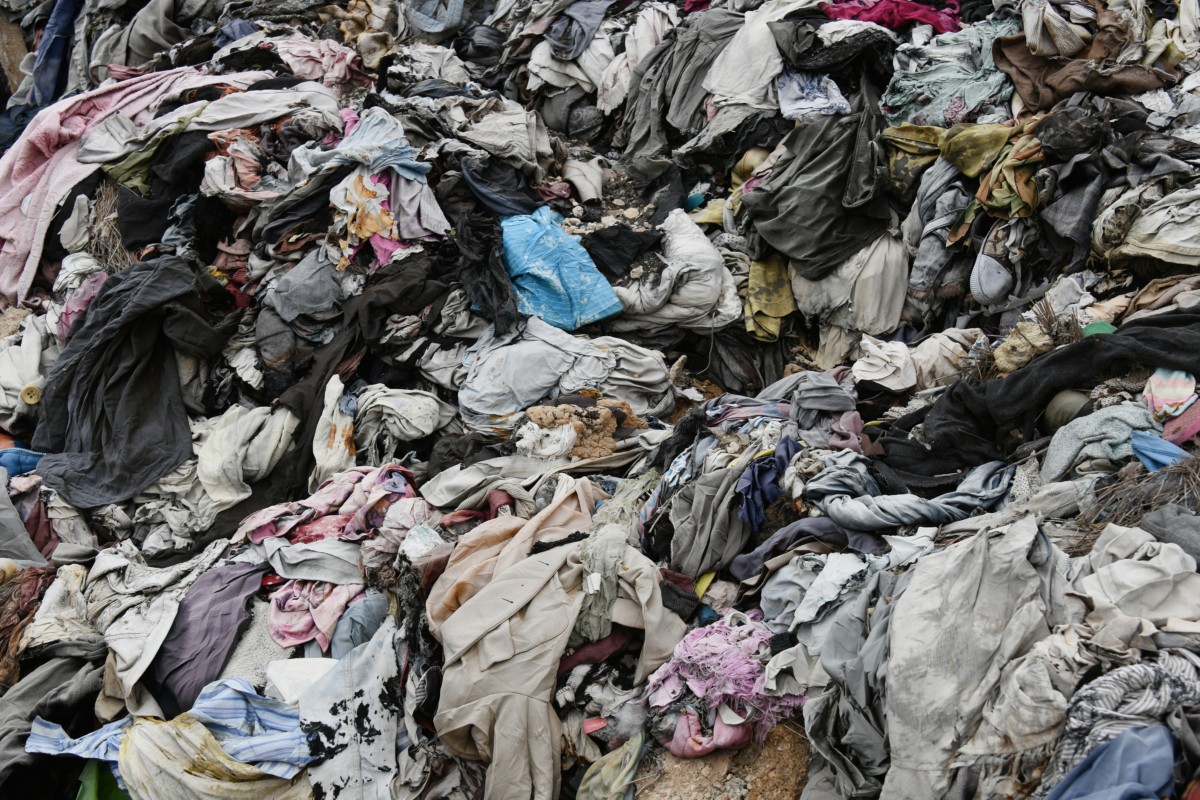
In our disposable, hyper-consuming society, huge quantities of textiles are thrown away each year.
Discarding all that fabric comes at a cost. Synthetic materials stick around, releasing plastic micro-fibers into the environment. They create a mammoth waste problem for future generations to solve.
But even natural, 100% biodegradable fabrics pose a problem when sent to landfill sites.
Biodegrading materials like natural textiles and food waste which break down in an anaerobic environment lead to the release of methane – a greenhouse gas 25 times more potent than carbon dioxide. So sending such things to landfills worsens global warming as well.
3. To Save Money
Often, clothes are discarded simply because they no longer fit, or are mildly damaged in some way. A huge amount of perfectly good fabric is thrown out. But we could be using it in a wide range of new and interesting ways.
Upcycling is a great way to save money.
When you upcycle old clothes, you not only make sure that you ‘get your money’s worth’ when it comes to the clothing you’ve already bought. You also reduce the number of new things you have to buy for your garden.
What You Need To Upcycle Old Clothes
Many people imagine that you need to be an expert at sewing to upcycle old clothes. Some projects are obviously more complex than others. But most are super simple and don’t need anything but basic skills.
If you can sew on a button, or sew up a hem, you already have the skills you need. But if you don’t, these skills are very simple and easy to learn.
Even if you are a complete novice, sewing skills can be gained by:
- Asking family or friends to share their skills.
- Learning using all the resources available online. YouTube is great for this.
- Reading books (perhaps even from a local library).
- Taking a course in sewing.
- Or joining a local sewing club.
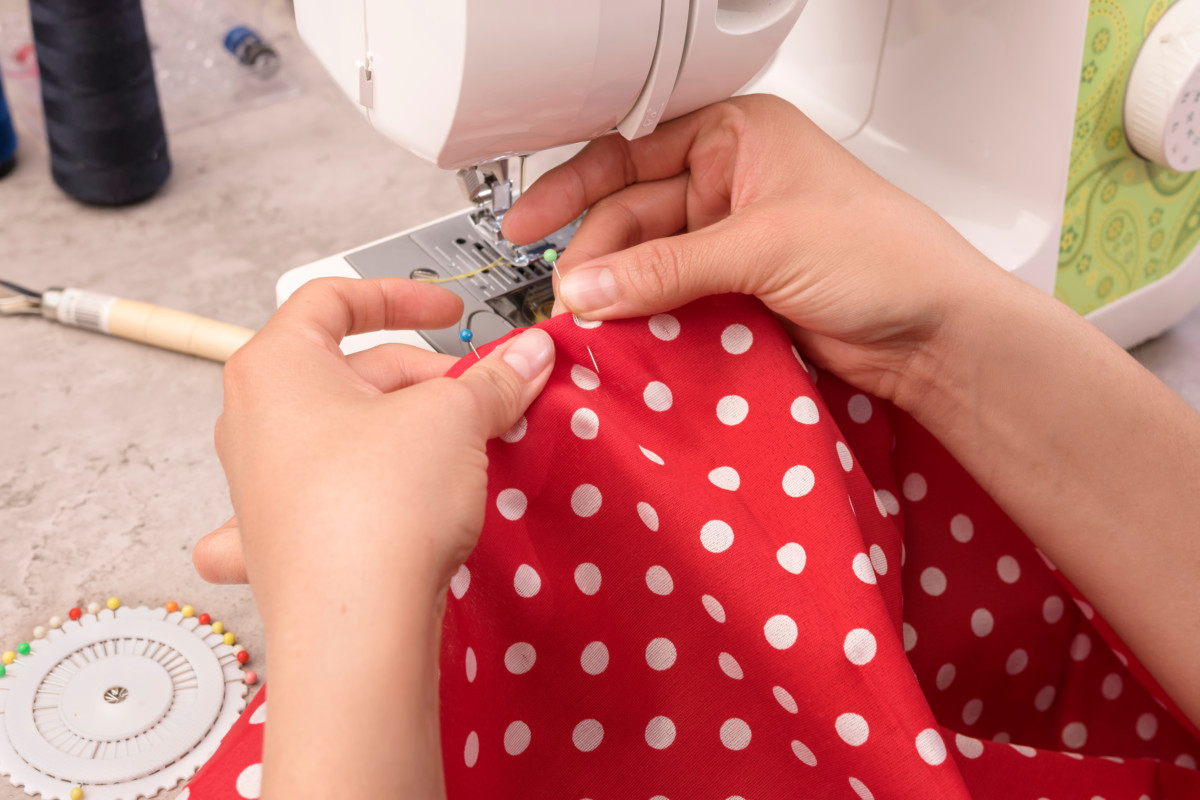
You can take two different paths when it comes to upcycling old clothes. You can take your time and use age-old hand sewing methods, or use a sewing machine.
For hand-sewing, aside from the basic skills, you will need:
- Needles (in a range of sizes).
- Thread (organic cotton thread is a more sustainable option than synthetic ones).
A thimble is also useful to avoid pricks, though not essential. And you’ll need some sewing scissors or dressmaking shears if you do not already have a pair of scissors suitable for cutting the thread and pieces of fabric.
If you decide to purchase a sewing machine, there are plenty of options. Ask a friend or family member who sews for recommendations. Thrift stores, Craigslist and Facebook Marketplace are all great options to find a sewing machine second-hand.
Using Old Clothes In Your Garden
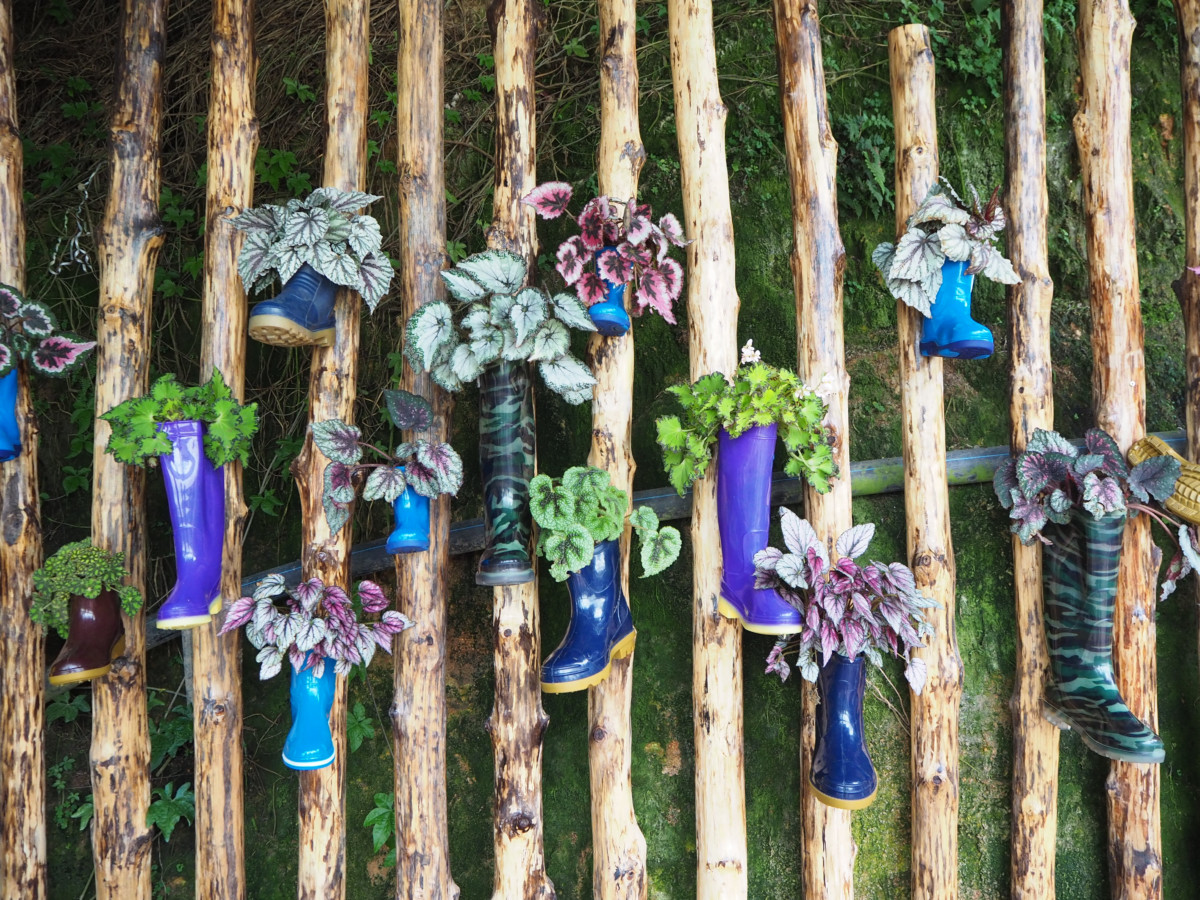
Here are just some of the interesting and innovative ways you can upcycle old clothes outside in your garden:
1. Make a Fabric Planting Pocket Vertical Garden
Make a pocket wall organizer from old clothes for use in your garden as a pocket-planter vertical garden. There are plenty of links online showing vertical gardens made with fabric shoe organizers and similar. But rather than buying one, you could relatively easily make your own.
2. Make Quirky Planters
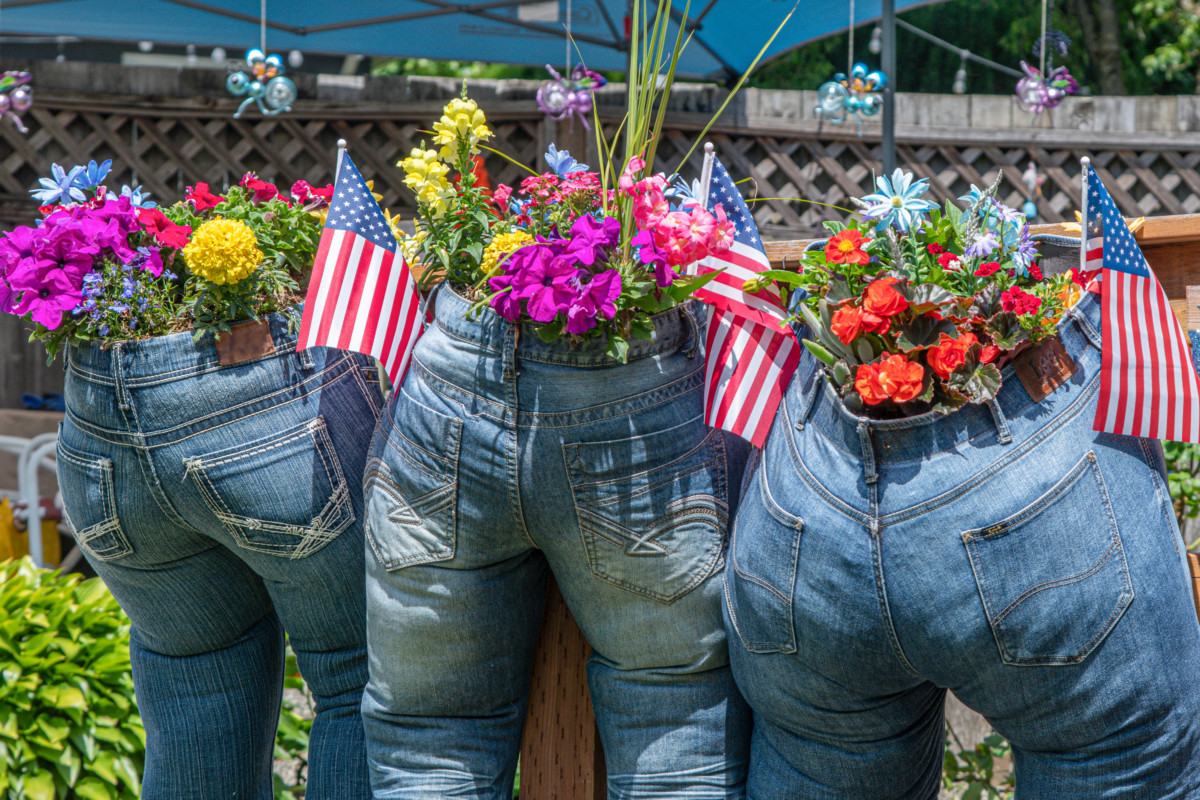
You can also use old clothes to make a range of quirky planters, hanging baskets and containers. Here are a few examples to consider:
Blue Jean Planters @ instructables.com.
Hanging Planter from Old T-Shirts @ instructables.com.
3. Make a Sun Shade For Plants In Summer
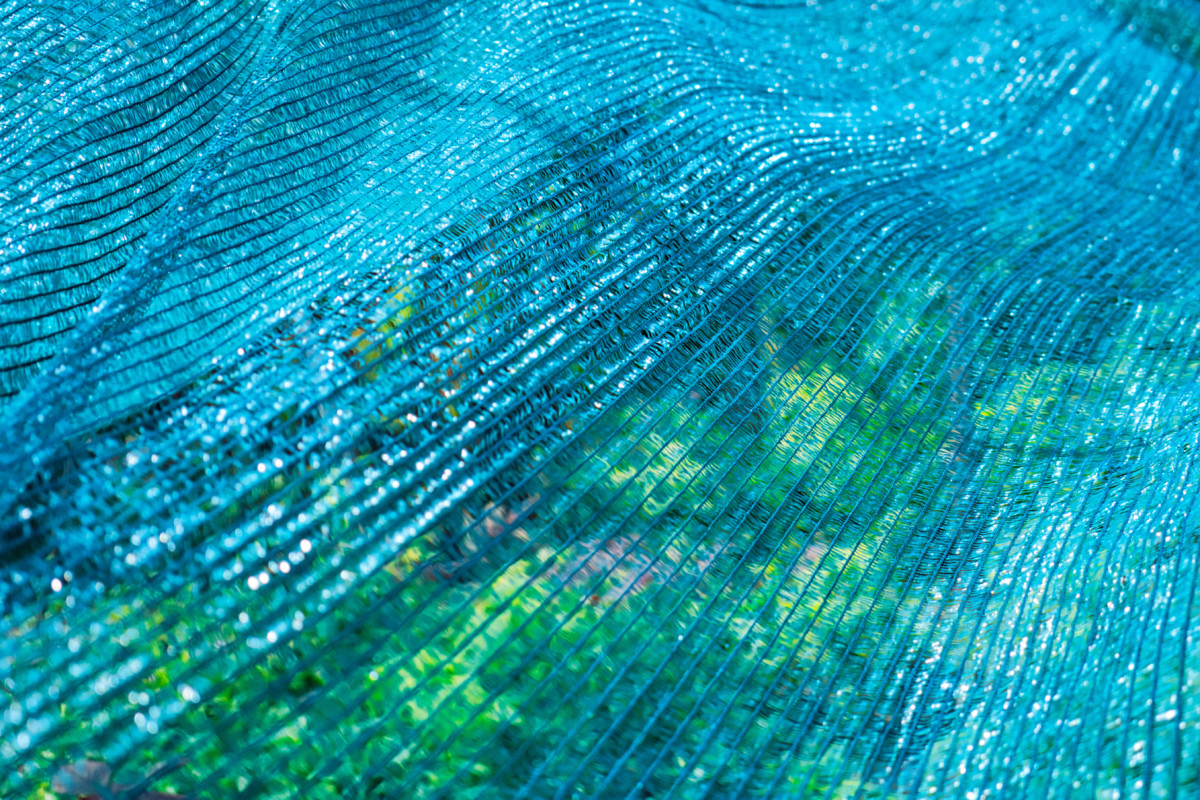
By sowing pieces of old clothing together, you could also create a sunshade. This can be used to provide shade for plants in the summer months to stop them from bolting. It’s also a good way to reduce moisture loss from the soil. Rather than buying new shade netting or fabric for the purpose – be eco-friendly and use what you already have lying around.
4. Make a Scarecrow for Your Garden
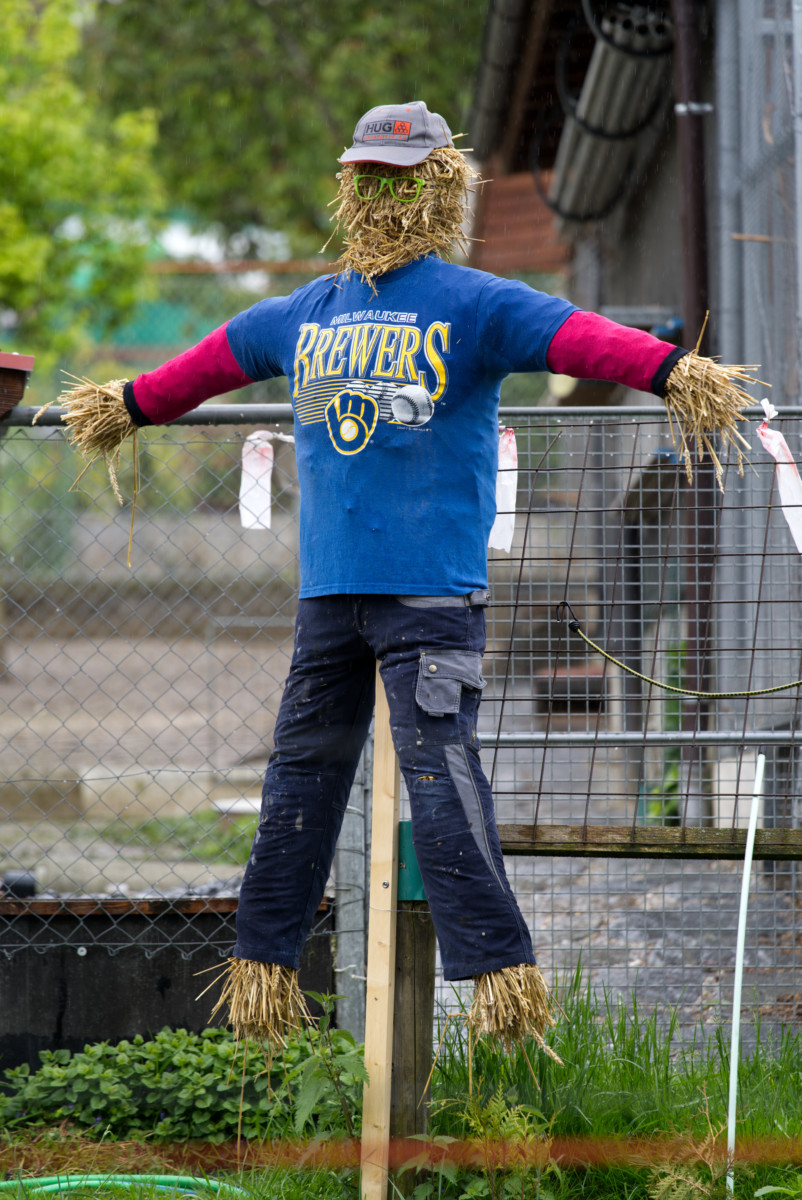
Another fun way to use up old clothes is to use them to make a scarecrow to keep birds off your crops. This is another project that could be fun for the whole family. You can give your imagination free reign and create a range of interesting, silly or scary figures to stand between your crops. Here is one idea of how to do so:
How To Make a Scarecrow @ youtube.com.
5. Make Lashing to Tie Plants to Supports
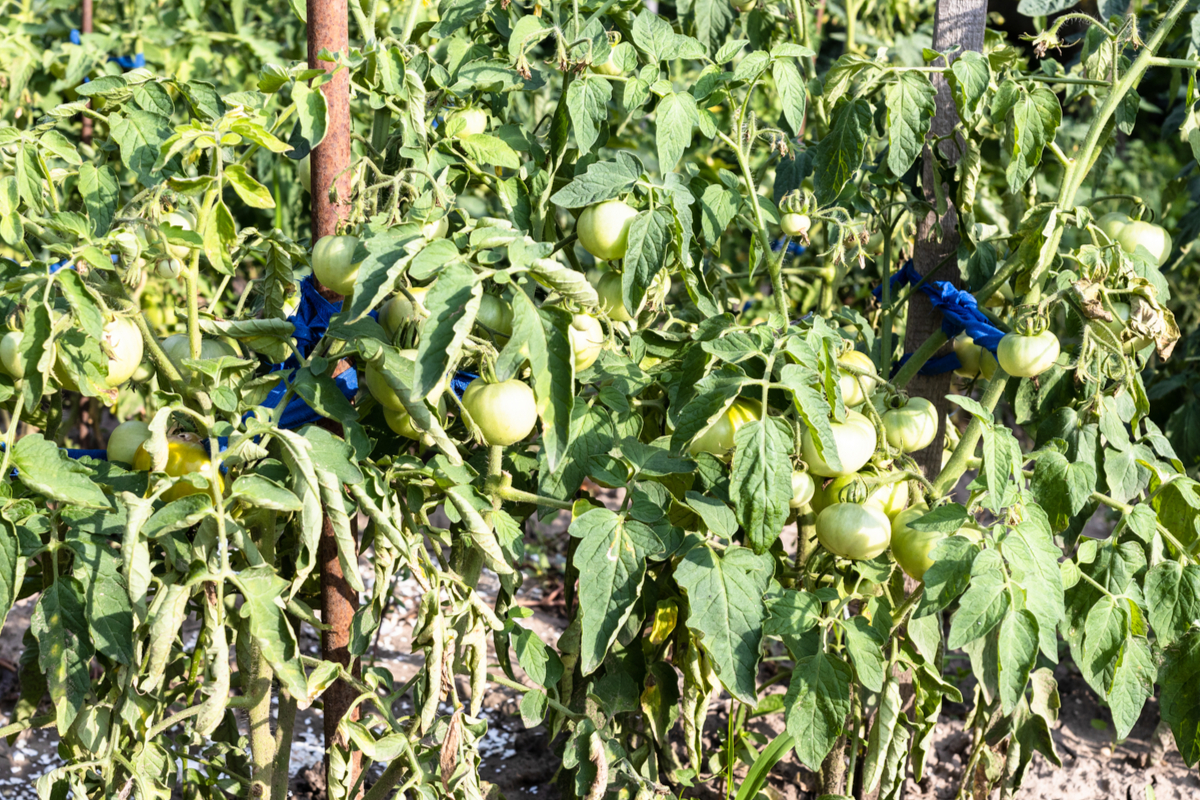
By cutting old T-Shirts or other old clothes into strips, you can also create a sort of yarn or twine. This can have a wide range of uses in your garden. For example, you might use strips of old clothing to tie plants to supports.
6. Make a Hanging Chair or Hammock
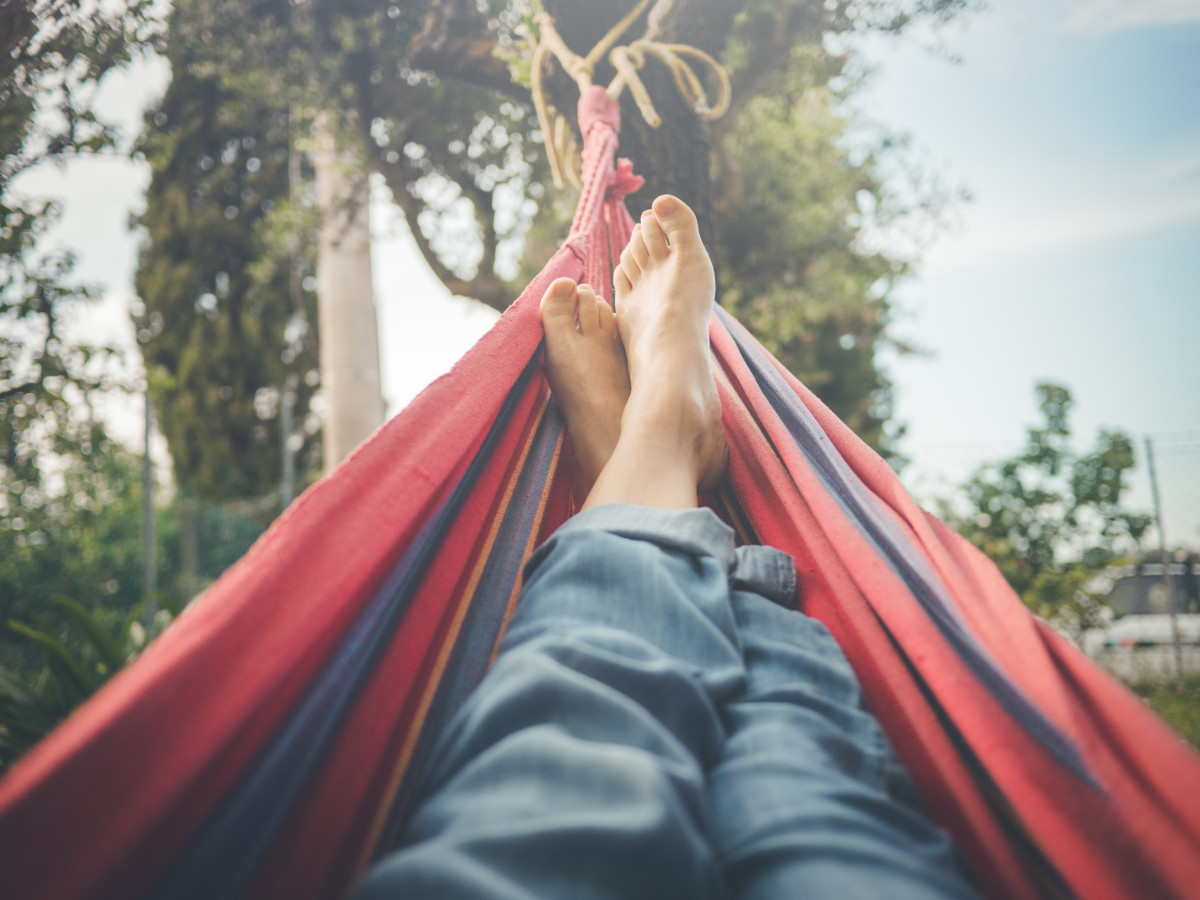
If you have plenty of old clothes, you could take on a much larger project. For example, you could sew pieces of fabric together to make a unique hammock or hanging chair for your garden. As long as you choose a strong fabric, and your stitching is strong, you can create a durable place to rest in your garden very affordably.
Blue Jeans Hammock @ pinterest.com.
7. Make a Kid’s Den – Tent, Wigwam or Tipi
Another larger project to take on, if you have a lot of old clothes, is to make a den for your children. By sewing together a range of different pieces of fabric, you can make the cover for a tent or tipi frame. If this sewing project is a little too complicated, you could also make your own no-sew tipi.
No Sew Tipi @ thehandmadehome.net.
8. Make a Deck Chair or other Garden Seating
You can also use clothing fabric to make a wide range of other chairs and garden seating. You can use the fabric to form the seat itself, on a wooden deckchair frame.
How To Make a Deck Chair @ knowledge.axminster.co.uk.
Or use the fabric from old clothes to create seat cushions for outdoor bench seating, or to upholster a lounge chair for your garden. The uses you could make of old clothing for outdoor seating are almost infinite.
9. Make Some Plastic Bucket Stools
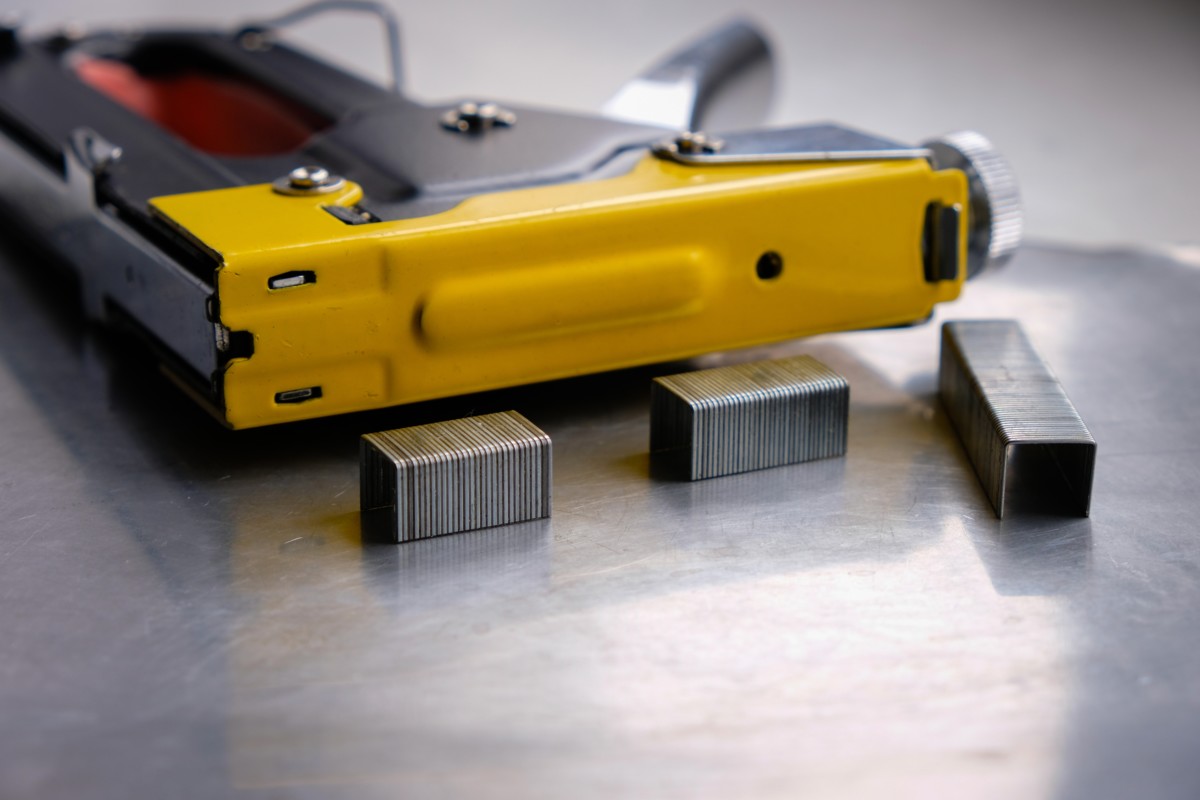
There are plenty of things to do with 5-gallon plastic buckets in your garden. One idea is to make some stools to sit on. You could use old clothing fabric to upholster the seat of the new bucket stool. Learn how to make one of these bucket stools at the link below.
Bucket stools @ instructables.com.
10. Make Decorative Bunting For Your Garden
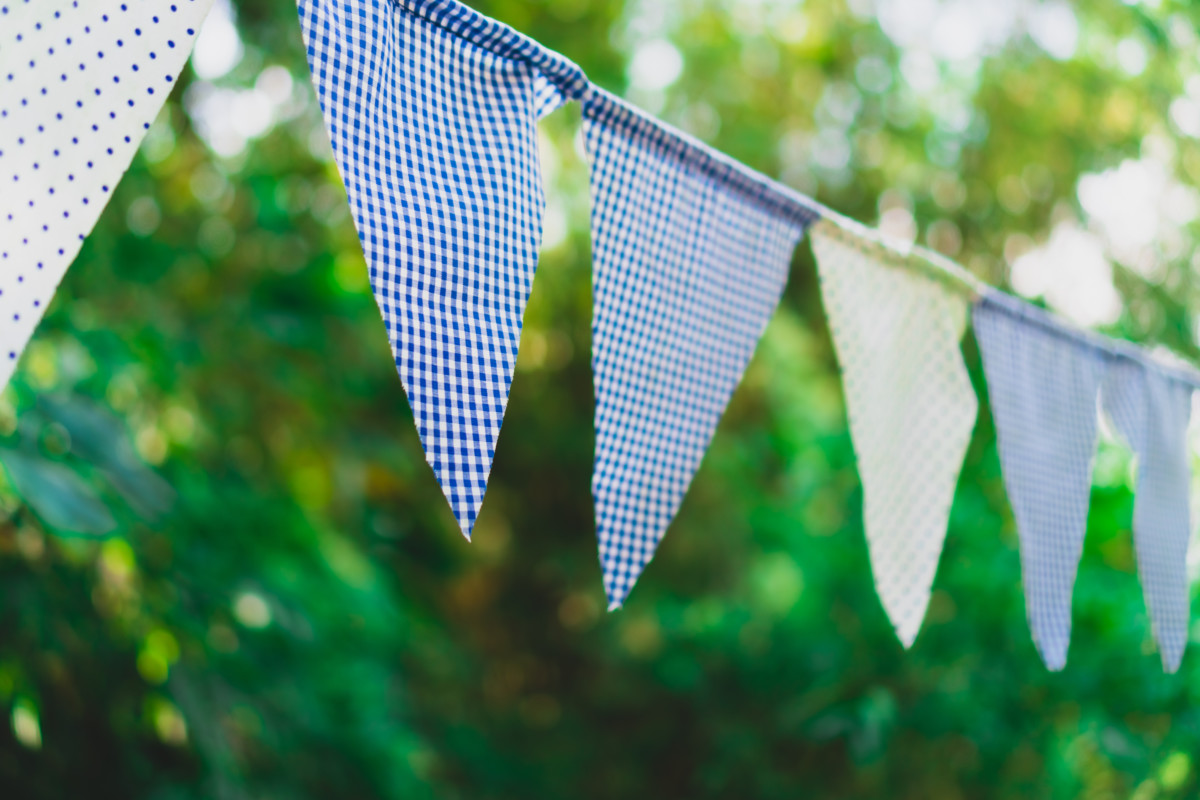
Decorative bunting can be a great way to brighten up a front porch or veranda or to add a festive feel to your garden for barbecues, garden parties or other outdoor events. Make your own by cutting up some of the colorful old clothes you might have lying around.
How To Make Fabric Bunting From Old Clothes @ thecraftygentleman.net.
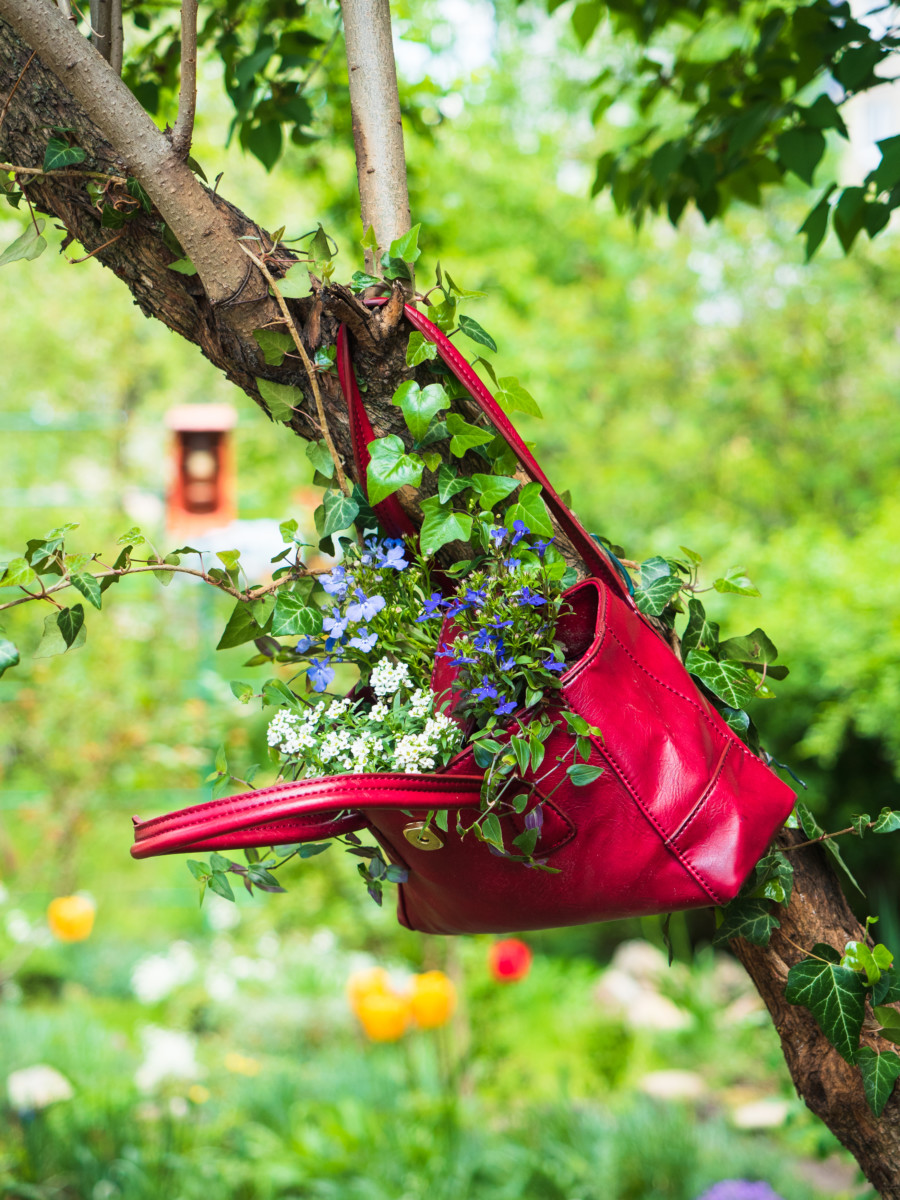
Of course, all the ideas are just for starters. There are plenty of other amazing ideas out there to help you upcycle old clothes in your home and garden. So next time you think about throwing something out – think again. There are no doubt plenty of interesting things you could do with items that are often thrown away.

Get the famous Rural Sprout newsletter delivered to your inbox.
Join the 50,000+ gardeners who get timely gardening tutorials, tips and tasks delivered direct to their inbox.


